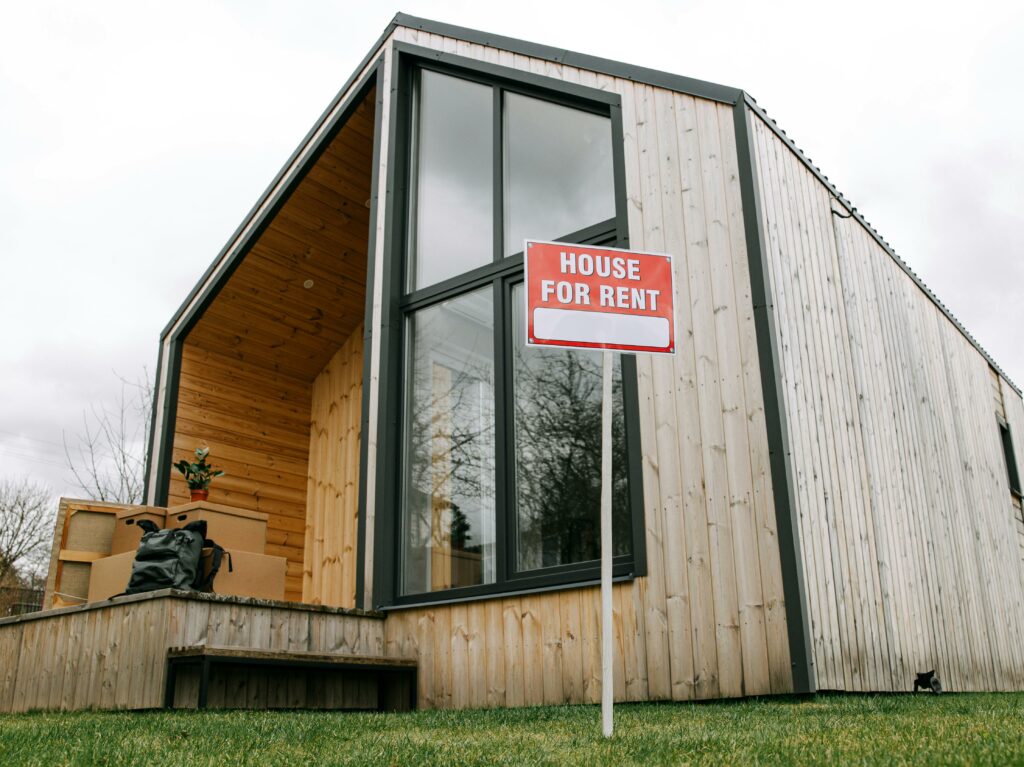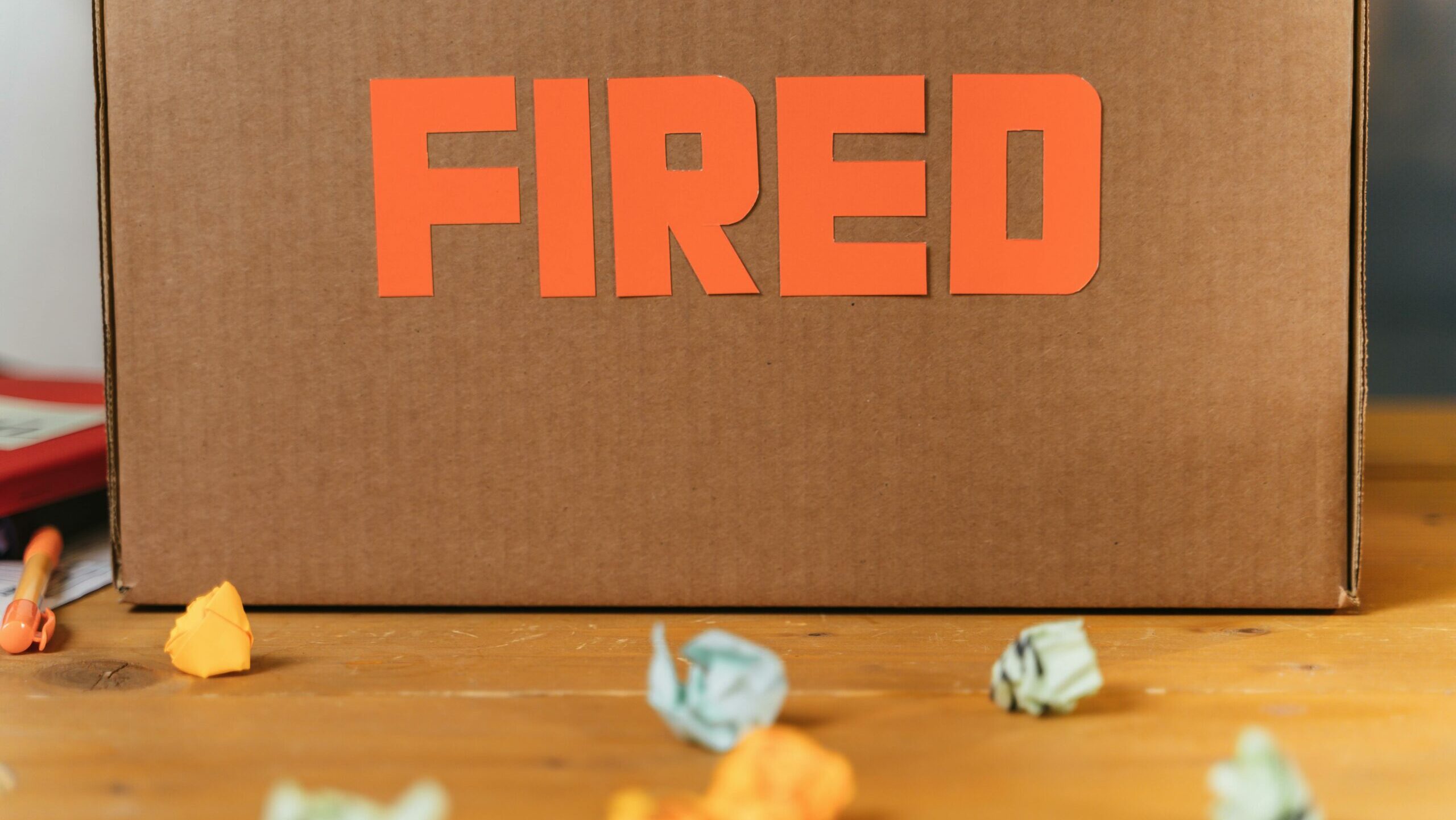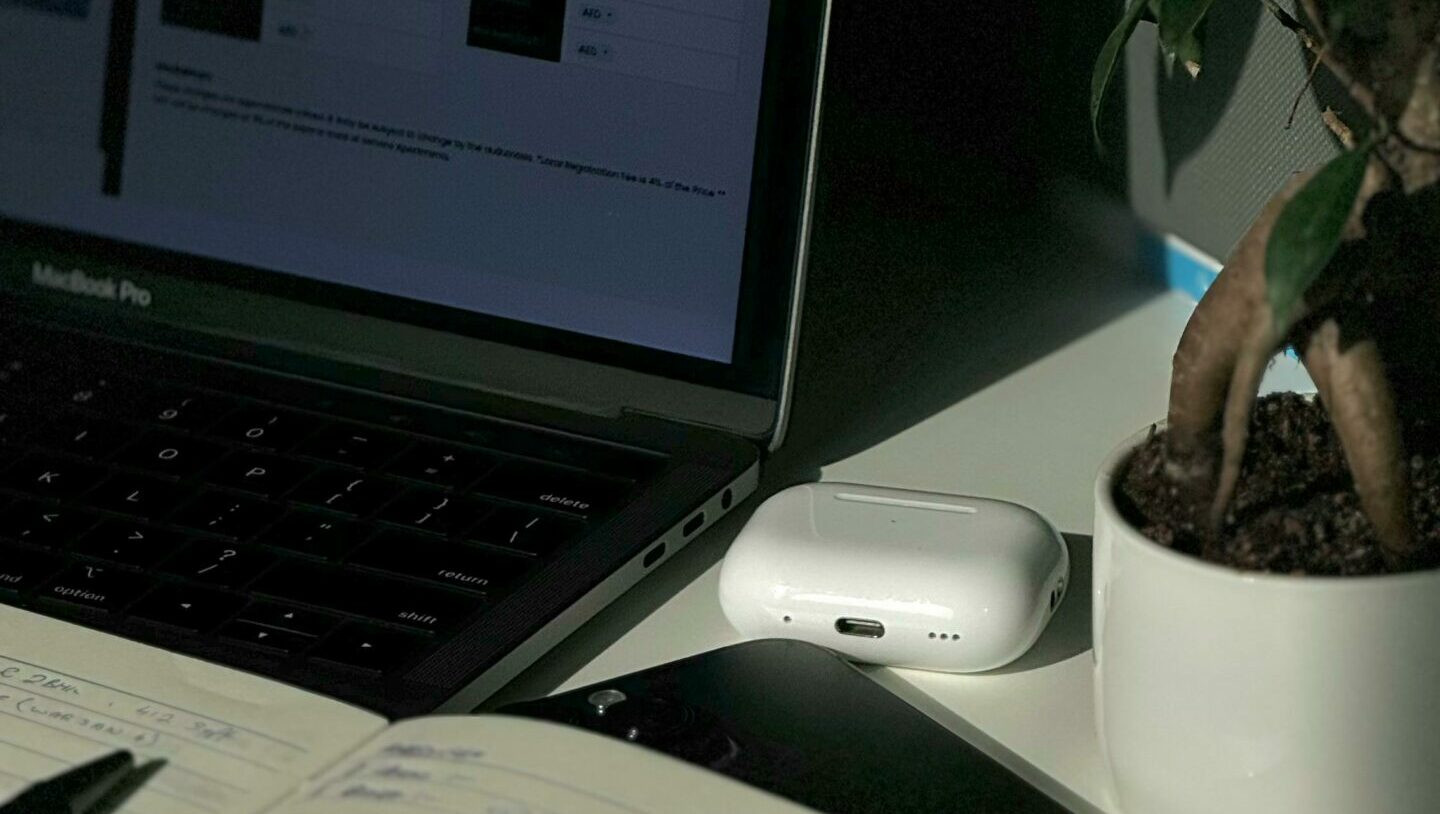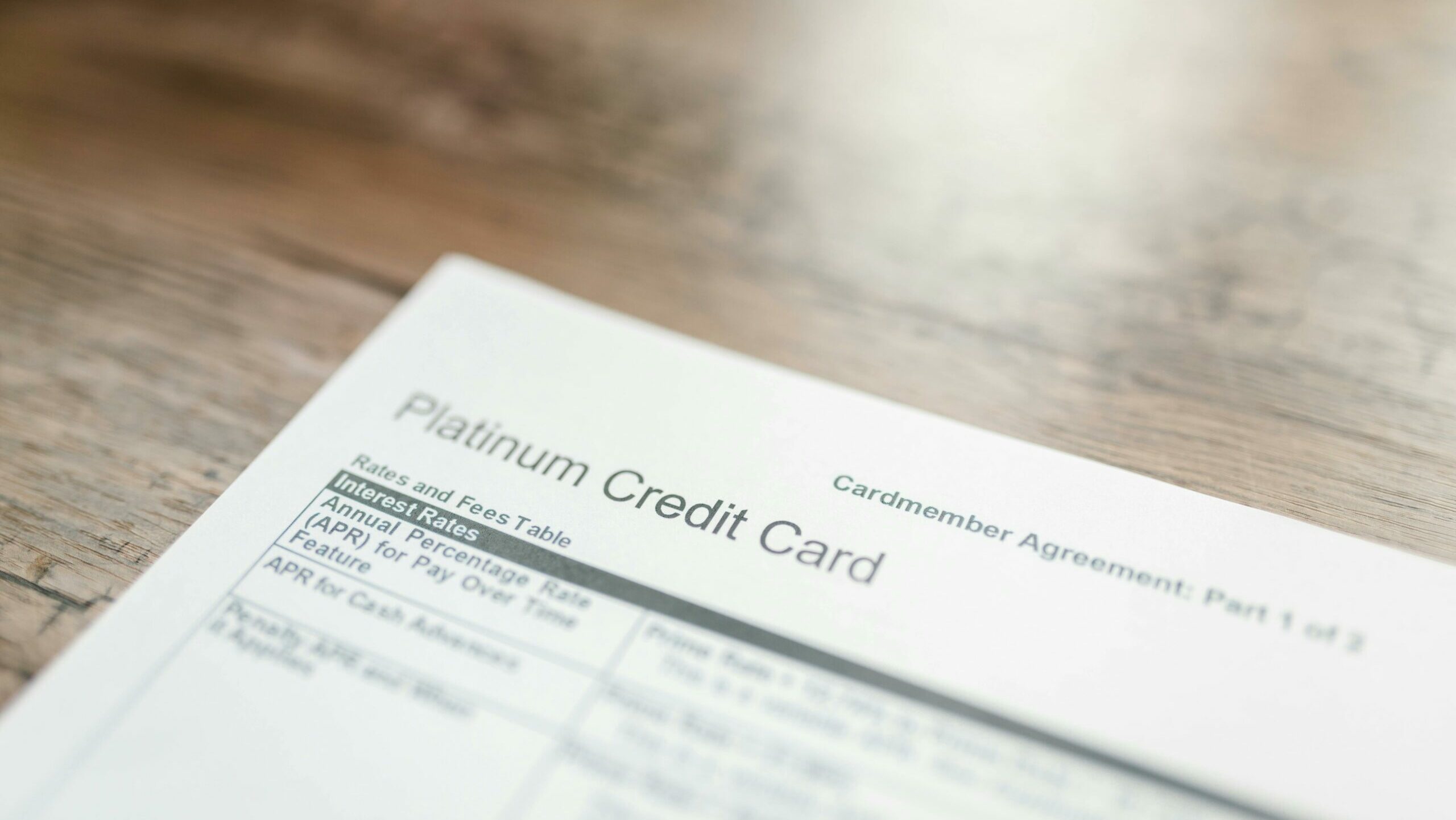Renting an apartment: The First-Timer’s Survival Guide
To be honest, searching for an apartment can seem like solving a Rubik’s cube under blindfold. Between dubious advertisements, unclear agreements, and that one landlord who believes “cozy” means “closet-sized,” it’s enough to make anyone think about staying in their parents’ basement for all time. But don’t be afraid, prospective tenant! This no-BS guide will take you through the apartment renting procedure without boring you.

Finding Locations 101
Let’s discuss neighborhoods before you fall in love with that stunning apartment with exposed brick (we all do). Though it may look wonderful on Instagram, have you looked to see whether that hip downtown neighborhood fits your budget? Or if the closest supermarket isn’t a 30-minute bus trip away? Pro tip: Visit possible locations at various hours; that calm street at 2pm could become party central at midnight.
Your budget should be based on the golden rule: rent should be no more than 30% of your monthly income. Ramen noodles do not qualify as a legitimate budgeting tool, sorry. Include parking costs, utilities, and your unavoidable IKEA visit to equip your home.
The Apartment Hunt Competition
Now comes the enjoyable part: really locating your future house. While online listings are excellent, be wary of frauds. Deals that appear too good to be true—looking at you, $500/month Manhattan studio—usually are. Before signing anything, always visit the location in person. Touring flats? Channel your inner detective. Check phone reception in every area, test taps, and flush bathrooms. The “quirky charm” the listing referred to? Ensure it isn’t code for “leaky ceiling.”
Feel free to inquire as well. How is the pressure of the water? What is the guest policy? Who takes care of repairs? Should the landlord be reluctant to respond, think about it as a red flag right in front of you.
Paperwork Chaos
Well done! You have located The One. Now get ready for people to evaluate your whole life past. Usually, landlords require evidence of income—recent pay stubs—bank accounts, references, and perhaps even a blood sample (well, maybe not that last one). First-time tenants usually require a co-signer, so keep that responsible adult on quick dial.
Read the lease agreement when you arrive at it. Indeed, every bit of it. Search for concealed fees, pet policies, and subletting regulations. The terms of renewal and notice period also count; you don’t want any shocks when it’s time to leave.
Moving Day Mayhem
You’ve paid and signed; now it’s time for the great entry. Document the apartment’s state with photos and videos before putting furnishings in. The carpet’s odd stain? Get proof it existed before you. This is your protection should you later forfeit your security deposit.
Nothing screams “welcome home” like sitting in the dark, so plan utilities in advance and think about renters insurance; should catastrophe strike, it’s less expensive than replacing all your belongings.
Settling In Like a Professional
First night in your new home? Try not to worry about adulting; order pizza (because obviously), and toast to your freedom. Be patient with yourself since it takes roughly three months to truly settle in. Get to know your neighbors—the human ones, not simply the raccoon that robs your trash—and find out which neighborhood takeout places deliver at 2am.
Your first flat won’t be ideal; keep in mind that’s acceptable. Leaky faucets and all, it’s your launchpad into genuine maturity. Before you know it, you’ll be advising wide-eyed newcomers on apartment searching as well. Now go out and dominate that rental market!
P.S. That loft with exposed brick? It’s likely still out there waiting for when you get six figures. For the time being, welcome your beginning flat with all its idiosyncrasies; they provide the greatest narratives eventually.







